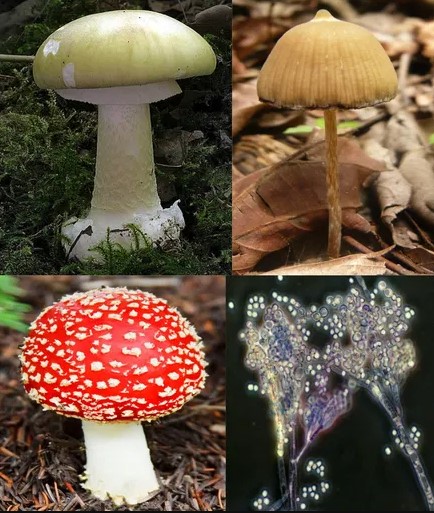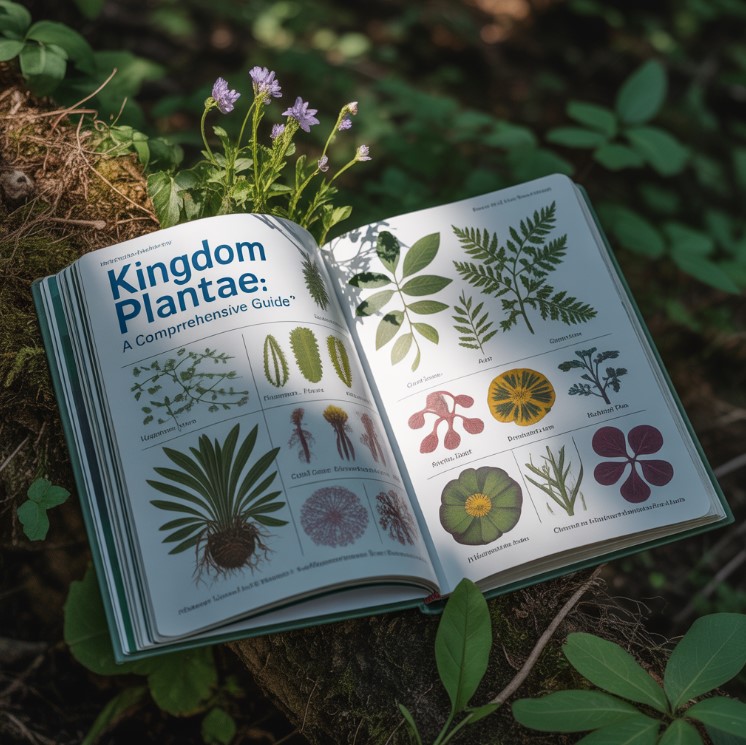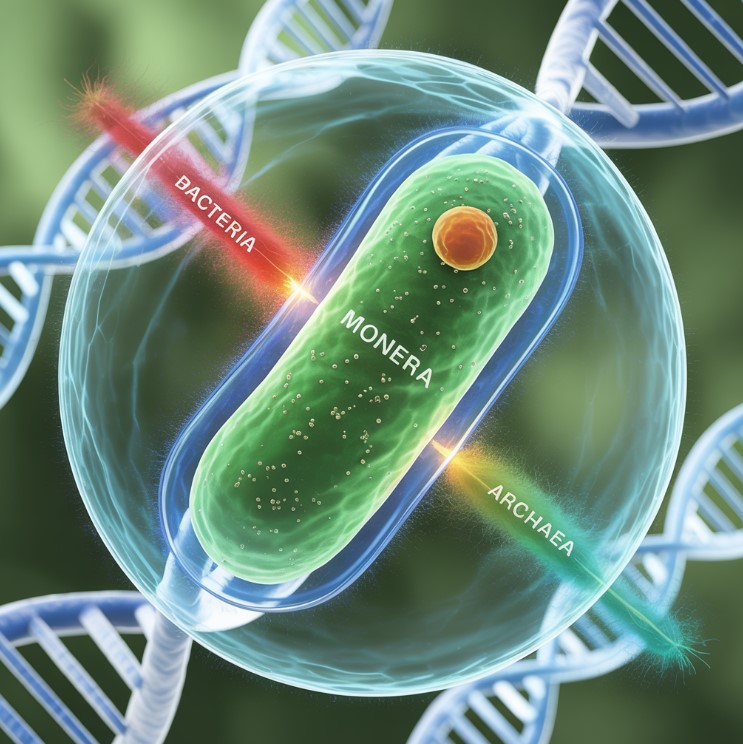Contents
This article explores the Kingdom Fungi, covering the diverse types of fungi like yeasts, moulds, and mushrooms, their structure of fungi, characteristics of fungi, and classification of fungi.
An Introduction to the Kingdom Fungi
Fungi are a diverse group of eukaryotic organisms that form their own distinct kingdom, the Kingdom Fungi. Unlike plants, these organisms are heterotrophic, meaning they cannot produce their own food. The Kingdom Fungi includes a wide array of life forms, from single-celled yeasts to complex, multicellular mushrooms and moulds. The study of fungi is known as mycology, a field that uncovers the vital roles these organisms play in our ecosystems.
The Intricate Structure of Fungi
The fundamental structure of fungi is built upon tiny, thread-like filaments. Understanding these components is key to comprehending the Kingdom Fungi.
- Hyphae: Most fungi are composed of microscopic, branching filaments called hyphae. These threads grow and extend to explore the environment for nutrients.
- Mycelium: A network of these hyphae collectively forms a mass known as the mycelium. This is the main vegetative body of a fungus, often hidden within soil, wood, or other substrates.
- Cell Wall: The cell wall of fungi is distinct from that of plants. It is primarily composed of chitin, a strong polysaccharide also found in the exoskeletons of insects.
- Unicellular Forms: Not all fungi are filamentous. Some, like the various types of yeasts, exist as single, independent cells. The basic structure of fungi like yeasts is simpler than that of moulds.
Defining Characteristics of Fungi
The characteristics of fungi set them apart from other life forms. These key traits define what it means to be a member of the Kingdom Fungi.
- Eukaryotic Organisms: Fungi have a complex cell structure with a true nucleus and membrane-bound organelles.
- Heterotrophic Nutrition: Fungi are unable to photosynthesize. Instead, fungi obtain their nutrition by feeding on dead organic substances (saprophytic), by living on other organisms (parasitic), or through mutually beneficial partnerships (symbiotic).
- Symbiotic Relationships: A classic example is the symbiotic association between algae and fungi, which forms a lichen. The fungus provides structure and moisture, while the alga provides food through photosynthesis.
- Reproduction: Reproduction in fungi can occur both asexually and sexually, often through the production of spores.
- Food Storage: Fungi store excess energy in the form of glycogen, similar to animals.
A Look into the Classification of Fungi
The classification of fungi is primarily based on their mode of reproduction in fungi and the structure of their mycelium. What is morphological classification of fungi? It is a system that groups fungi based on their physical form and reproductive structures. The Kingdom Fungi is traditionally divided into several major classes.
| Class of Fungi | Common Name | Key Characteristics | Examples of Fungi |
|---|---|---|---|
| Zygomycetes | Conjugation Fungi | Form zygospores during sexual reproduction. The hyphae are coenocytic (lacking septa). | Rhizopus stolonifer, responsible for the appearance of black spots on bread. |
| Ascomycetes | Sac Fungi | Produce sexual spores (ascospores) in a sac-like structure called an ascus. Includes many moulds and yeasts. | Saccharomyces cerevisiae (yeasts), Penicillium. |
| Basidiomycetes | Club Fungi | Form club-shaped structures called basidia that produce basidiospores. This group includes most common mushrooms. | Agaricus (common mushrooms), Puffballs. |
| Deuteromycetes | Fungi Imperfecti | A historical grouping for fungi where a sexual reproductive stage has not been observed. Reproduction in fungi of this class is asexual. | Trichoderma, Alternaria. |
It is important to note that a class known as Chytridiomycota is unique, as it answers the question: Which class of kingdom fungi can move? Their spores (zoospores) possess flagella, allowing them to move through aqueous environments.
Methods of Reproduction in Fungi
Reproduction in fungi is a complex process that ensures their survival and dispersal. There are three primary methods:
- Vegetative Reproduction: This includes processes like fragmentation, where a piece of the mycelium breaks off and grows into a new organism, and budding, a common method in unicellular yeasts.
- Asexual Reproduction: This is most commonly achieved through spores, such as conidiospores or sporangiospores, which are produced by a single parent mycelium and are genetically identical.
- Sexual Reproduction: This involves the fusion of two parent nuclei, leading to the formation of sexual spores (e.g., ascospores in Ascomycetes, basidiospores in Basidiomycetes). This process introduces genetic variation into the population.
The Practical Uses of Fungi
While some fungi are pathogenic, the uses of fungi are vast and crucial to both ecosystems and human society.
- Decomposition: As primary decomposers, fungi break down complex organic matter. In fact, fungi obtain their nutrition by feeding on dead organic substances, which recycles essential nutrients back into the ecosystem.
- Food Industry: Many types of fungi are edible, such as mushrooms. Furthermore, specific fungi used for the production of beer and bread are indispensable; these are typically strains of Saccharomyces yeasts.
- Medicine: The discovery of penicillin from the Penicillium mould revolutionized medicine. Many other antibiotics and drugs are derived from fungi.
- Biocontrol Agents: Some fungi are used to control agricultural pests, offering an alternative to chemical pesticides.
Common Examples of Fungi in Daily Life
We encounter examples of fungi every day. Here are a few prominent ones from the Kingdom Fungi:
- Yeasts: These single-celled fungi are vital for baking and brewing.
- Moulds: The fuzzy growth on old food, like the appearance of black spots on bread, is a type of mould. Penicillium is another well-known example.
- Mushrooms: These are the fleshy, spore-bearing fruiting bodies of certain fungi, many of which are a popular food source.
For a visual exploration of the diverse types of fungi, watch this video:
Frequently Asked Questions about Kingdom Fungi
Q1: What organisms belong to kingdom fungi?
A: The organisms that belong to the Kingdom Fungi include multicellular organisms like mushrooms and moulds, as well as unicellular organisms like yeasts. Other examples of fungi include rusts, smuts, and puffballs.
Q2: Which kingdom is closely related to kingdom fungi?
A: Genetic studies have revealed that the Kingdom Fungi is more closely related to the Animal Kingdom than the Plant Kingdom. This surprising link is based on similarities in DNA sequences and metabolic pathways.
Q3: What is the difference between algae and fungi?
A: The primary difference lies in their mode of nutrition. Algae are autotrophic (produce their own food via photosynthesis), while fungi are heterotrophic. This fundamental distinction leads to many other differences, as outlined below.
| Feature | Algae | Fungi |
|---|---|---|
| Nutrition | Autotrophic (Photosynthetic) | Heterotrophic (Absorptive) |
| Cell Wall | Cellulose | Chitin |
| Pigments | Chlorophyll present | Chlorophyll absent |
| Food Storage | Starch | Glycogen |
| Body Structure | Thallus (simple, undifferentiated) | Primarily mycelium made of hyphae |
Q4: Which class of kingdom fungi can move?
A: The class Chytridiomycota, often called chytrids, is the only group of fungi with a motile stage. Their reproductive spores (zoospores) have flagella that allow them to swim in water.
Q5: What is the symbiotic association between algae and fungi called?
A: The symbiotic association between algae and fungi is known as a lichen. It is a classic example of mutualism within the Kingdom Fungi.




